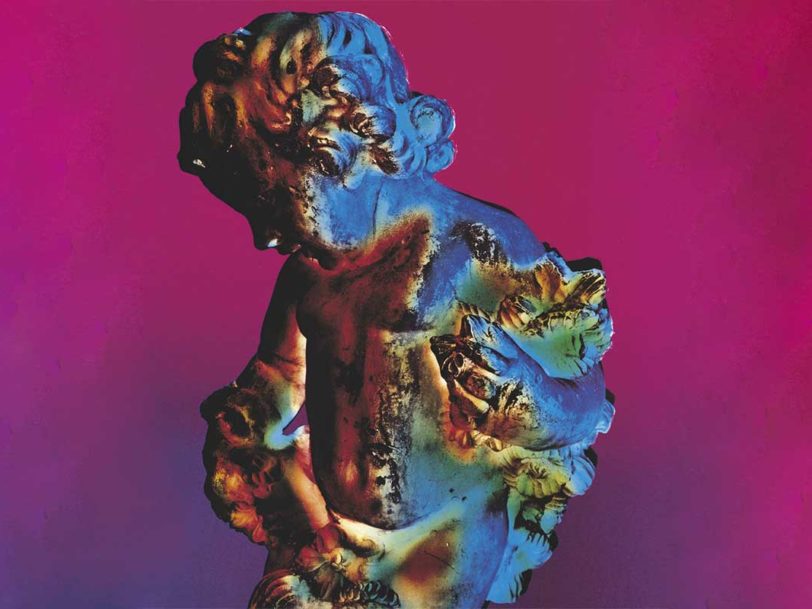Arguably their creative peak, New Order’s fifth album, Technique, still takes some beating. A nigh-on perfect amalgamation of angular post-punk songs and electro-pop anthems, it was – and remains – a sublime, dancefloor-friendly record with a broad appeal which rewarded the Manchester legends with their first UK No.1 album.
“It was an epic struggle between the synths and me”
Technique was partially recorded in Ibiza, yet while its opening track (and lead single), Fine Time, reflected the sounds of late-80s Balearic discos, it’s a bit simplistic to refer to the album as New Order’s “acid house” record. Indeed, when it came to Technique’s overall sound, the individual band members all felt it benefitted from a compromise or two.
“I saw it as an epic struggle between the sequencers and me – I was resisting it valiantly, because I still wanted us to be a rock band,” Peter Hook jokingly observed in the sleevenotes for the album’s 2008 reissue, while Bernard Sumner recalled, “We were in this position of being known for this dance-electronic sound and it would have been daft to have stopped doing it… the way I saw it was we were still writing band music as well, so we’d reached a compromise.”




